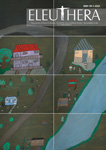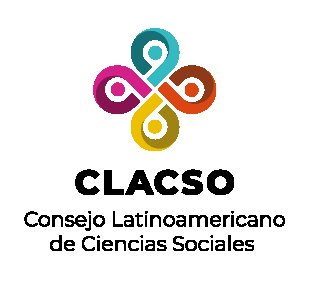Authors
Abstract
Abstract:In Colombia, girls, boys and youngsters are used by illegal armed groups as a war strategy, in a scenario in which underage people participate in hostile actions, are recruited and trained not to feel compassion or fear their enemies and also are trained not to build meaningful affection relationships and trust, because he who trusts may lose his own life.
However, mistrust problems are not only originated in the armed group itself but they also come from the emotional bonds built with their origin families,. Therefore, this
article presentsthe hypothesis that having weak affective bonding (which characterize both their primary and subsequent relationships), girls, children and youngsters who have been combatants in illegal armed groups, seek to find sources of power that allow recognition and security that the affection of their origin family failed to provide. The text involves the voices of demobilized armed groups youngsters, who during their stay in the group built social relations that allowed them to survive and through which they tried to overcome the emotional debt their childhood left them in areas of armed conflict where they grew up..
References
Delgado, Oliva. (1985). Estado actual de la teoría del apego. Sevilla: Universidad de Sevilla. Horno, Pepa. (2005). Amor, poder y violencia: un análisis comparativo de los patrones físico y humillante. Madrid, España: Save the children.
Human Rigth Watch. (2002). Aprenderás a no llorar. Bogotá: Naciones Unidas. Izquierdo, María Jesús. (1996). Freud: vínculos sociales. Barcelona: Pappers.
Jung, Carl. (1985). “Narcicismo en Freud y Lacan”. En: http://letrasuruguay.espaciolatino. com/apud/narcisismo_en_freud_y_lacan.htm.
Maldonado, C., & Carrillo, S. (2002). “El vínculo entre hermanos. Un estudio exploratorio con niños colombianos de estrato bajo”. En: Revista Suma psicológica, Vol. 9 No. 1. Bogotá: Universidad Nacional.
Sánchez, Inmaculada, & Oliva, Alfredo. (2003). “Vínculos de apego con los padres y relaciones con los iguales durante la adolescencia”. En: Revista Psicología Social, No. 18-1. Sevilla: Universidad de Sevilla.

 PDF (Español)
PDF (Español)
 FLIP
FLIP
























